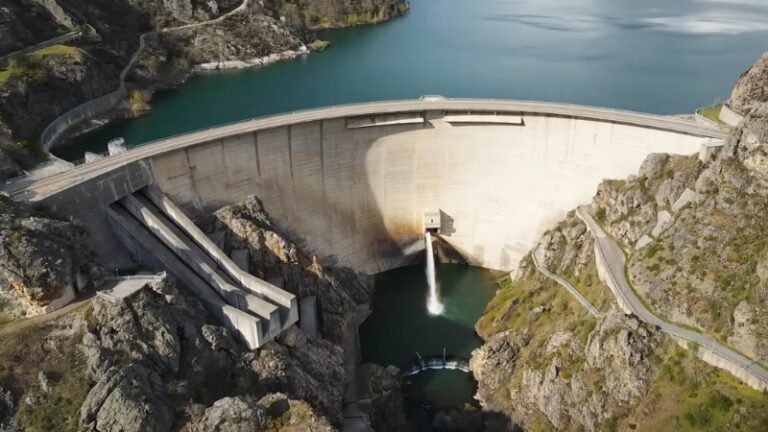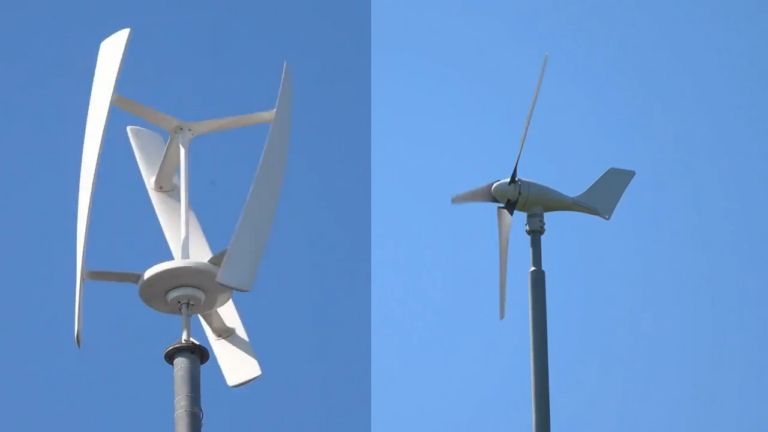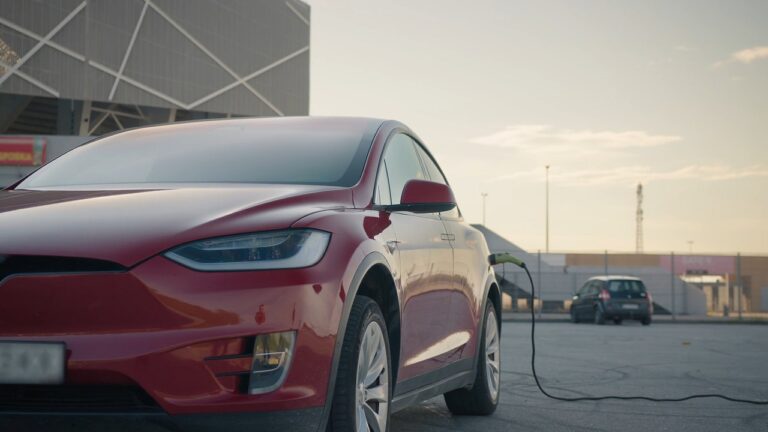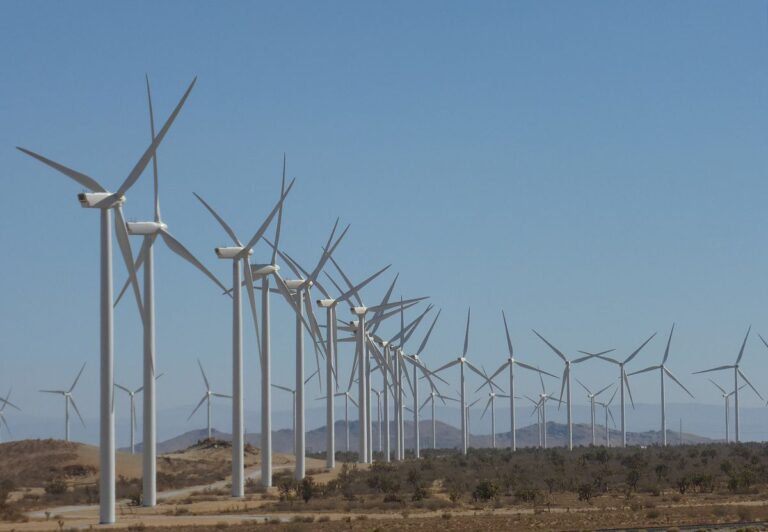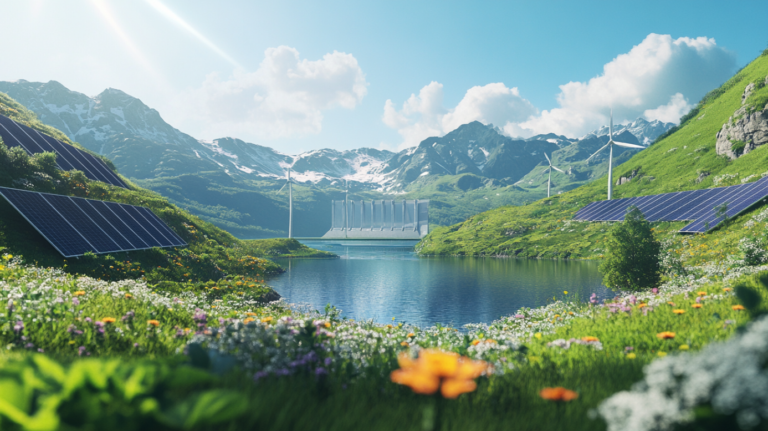Why Responsible Dam Construction Can Be a Game-Changer for Natural Resources
Traditional dam construction has significant drawbacks. Reservoirs flood vast areas, destroying habitats and displacing wildlife, while blocking fish migration routes, like those for salmon, disrupting aquatic ecosystems. A study notes dams have contributed to an 84% average decline in freshwater wildlife since 1970. Sediment trapping behind dams leads to downstream erosion, affecting river deltas, and … Read more

